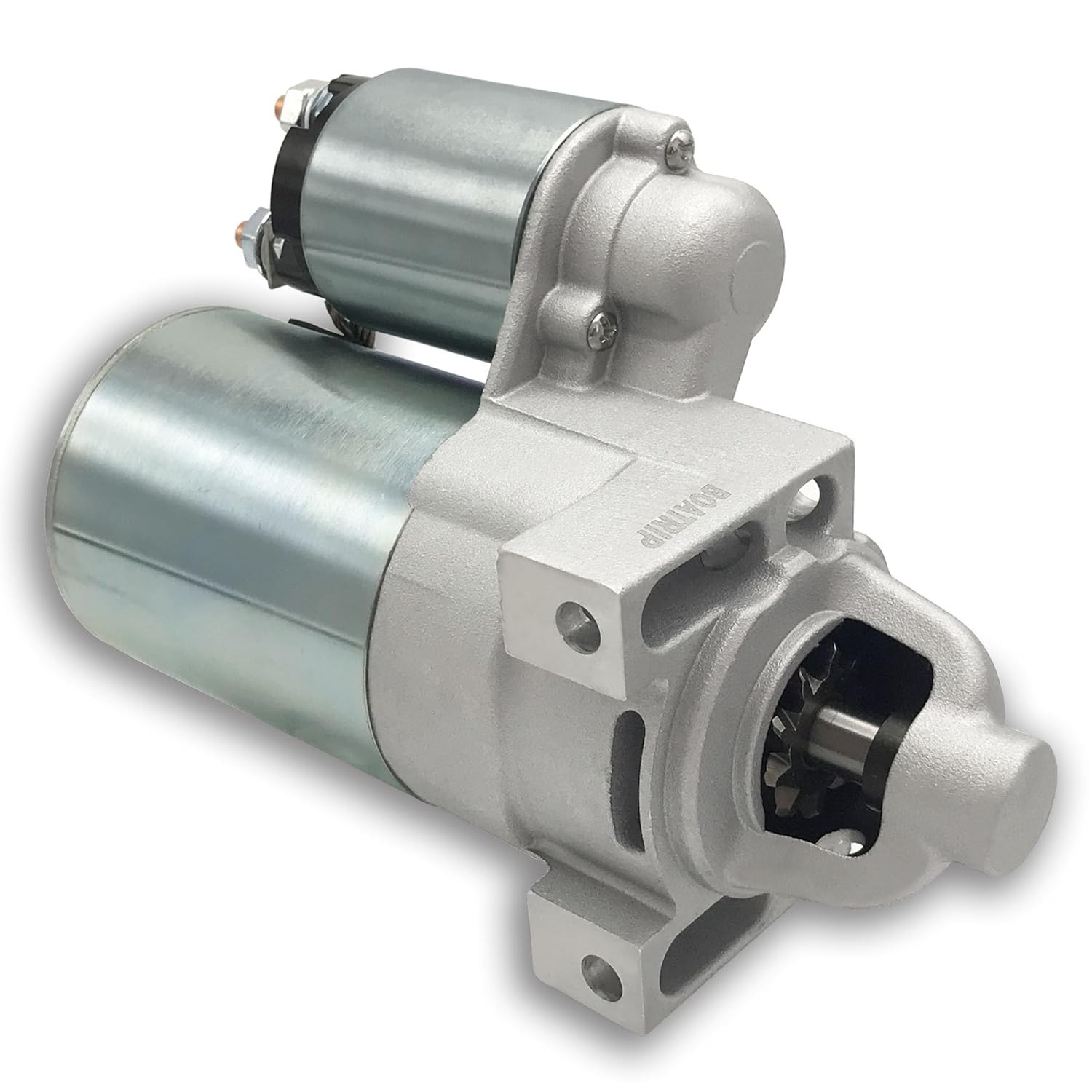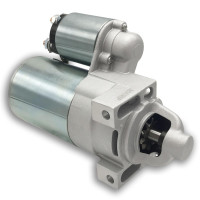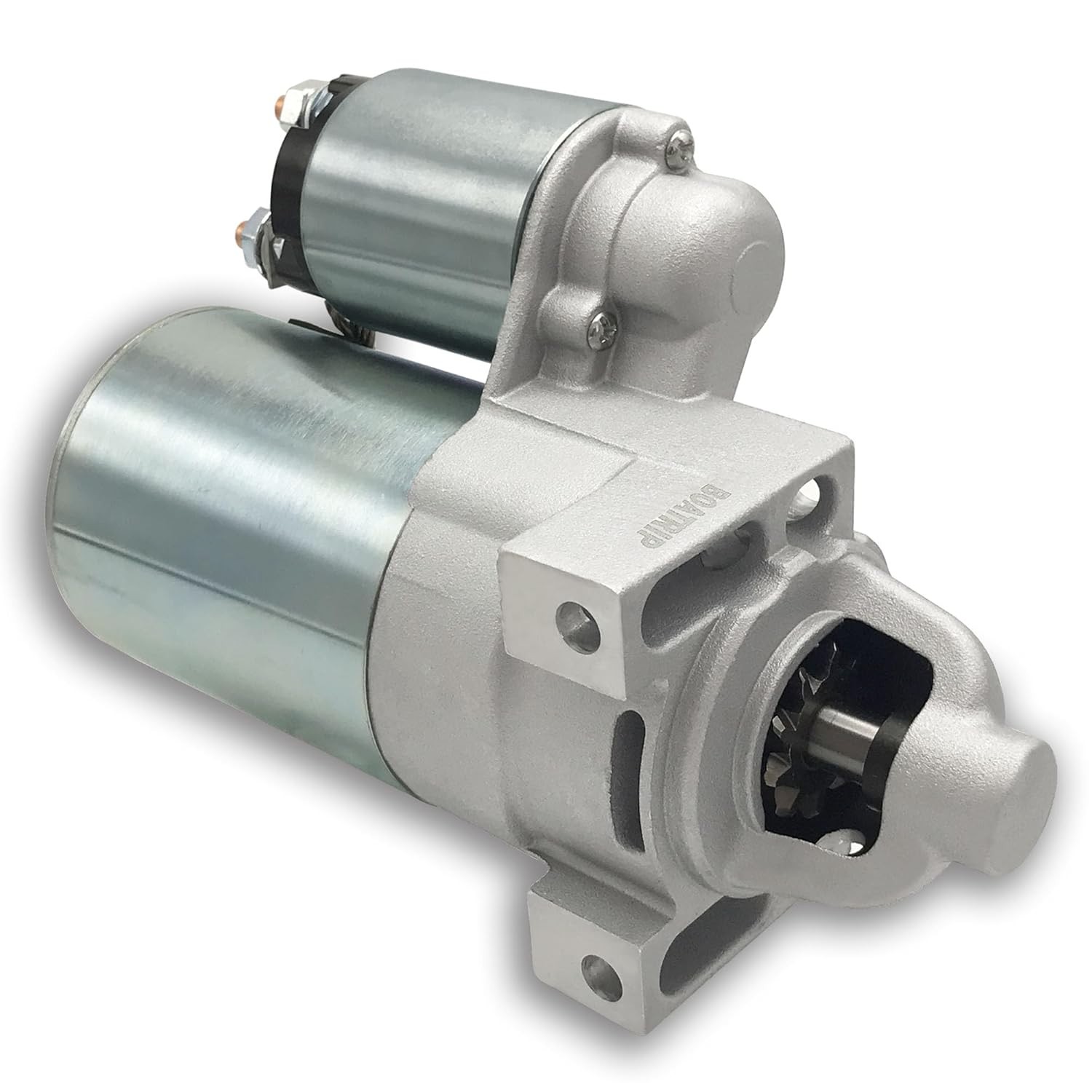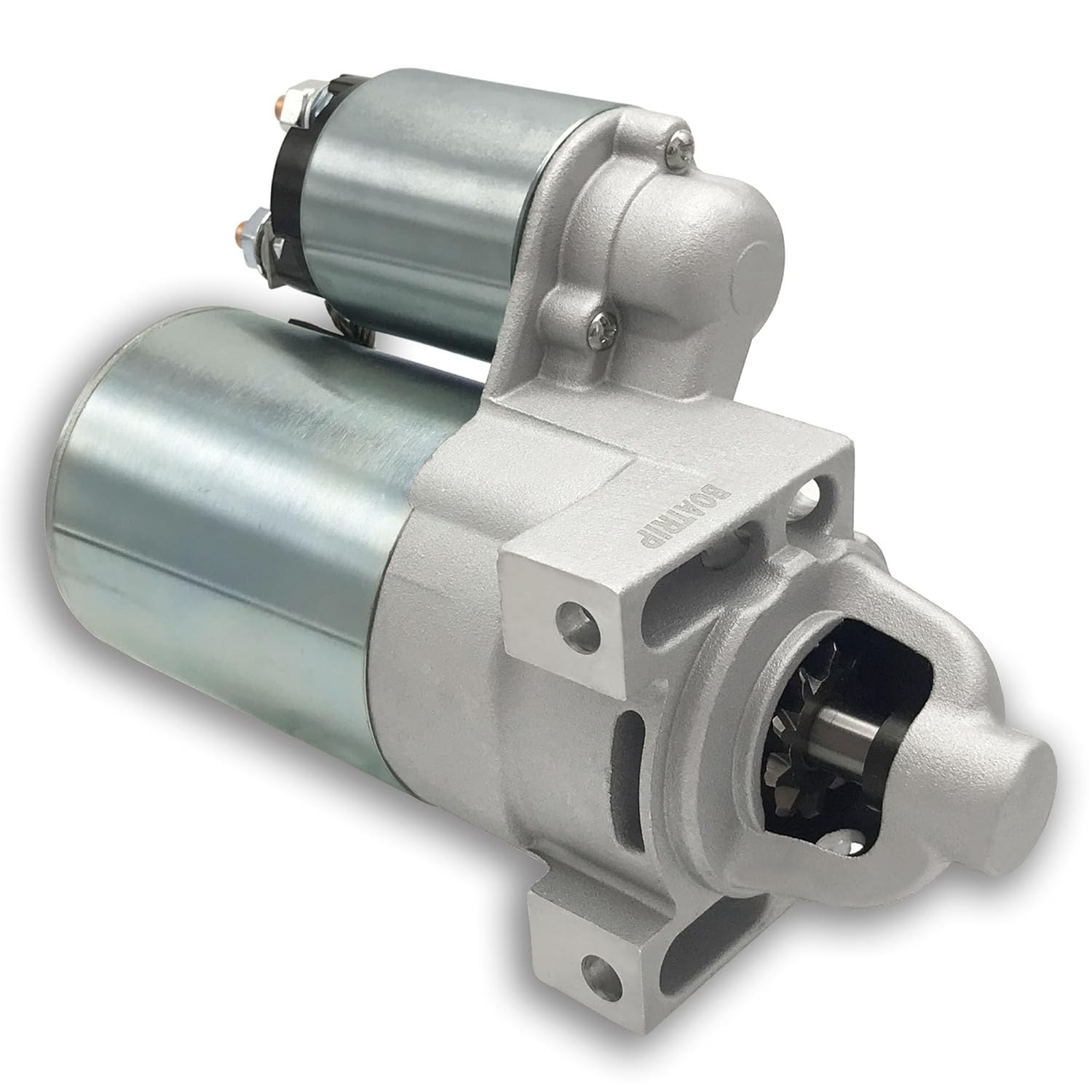Combination Motor Starters: Integrating Control and Protection for Industrial Motors

Strong 8k brings an ultra-HD IPTV experience to your living room and your pocket.
In industrial settings, where electric motors power everything from conveyor belts to pumps, ensuring safe and efficient operation is paramount. One component that plays a critical role in this is the combination motor starter. This all-in-one device combines essential functions into a single unit, simplifying motor control and enhancing safety. Whether you’re managing a manufacturing plant or maintaining heavy machinery, understanding combination motor starters is key to optimizing motor performance and preventing costly downtime.
What is a Combination Motor Starter?
A combination motor starter is a preassembled unit that integrates three core components necessary for motor operation: a contactor, an overload relay, and an enclosure. Each component serves a distinct purpose, working together to control the motor and protect it from potential damage:
Contactor: This is an electromagnetic switch that controls the flow of electrical power to the motor. When activated (by a control signal, such as a button or sensor), it closes its contacts, allowing current to reach the motor. When deactivated, it opens the contacts, cutting off power and stopping the motor.
Overload Relay: Designed to protect the motor from overheating due to excessive current, the overload relay monitors the motor’s current draw. If the current exceeds a safe threshold (e.g., due to a jammed machine or voltage fluctuation), the relay trips, disconnecting the motor from the power supply. Unlike fuses or circuit breakers, which protect against short circuits, overload relays guard against sustained overcurrents that can damage motor windings.
Enclosure: The enclosure houses the contactor and overload relay, protecting them from dust, moisture, and physical damage. Enclosures are rated for specific environments (e.g., NEMA 1 for indoor, clean areas; NEMA 4X for outdoor or corrosive environments) to ensure durability in various conditions.
By combining these components into one unit, combination motor starters streamline installation, reduce wiring complexity, and ensure that all parts work together seamlessly.
How Combination Motor Starters Work
The operation of a combination motor starter follows a logical sequence to control the motor and respond to faults:
Start Signal: When a start button is pressed or a control signal is received (e.g., from a sensor or automation system), an electrical current flows to the contactor’s coil.
Contactor Activation: The coil generates a magnetic field, pulling the contactor’s movable contacts closed. This connects the motor to the power supply, and the motor starts running.
Current Monitoring: As the motor operates, the overload relay continuously measures the current. It is calibrated to the motor’s full-load current (FLC), allowing for normal operation while remaining sensitive to overloads.
Overload Protection: If the motor draws excessive current (e.g., due to a mechanical jam), the overload relay heats up (or detects the current spike electronically) and trips, opening a auxiliary contact in the control circuit.
Motor Shutdown: The tripped overload relay deactivates the contactor, which opens its main contacts, cutting power to the motor and stopping it. This prevents overheating and damage to the motor windings.
Reset: After the fault is resolved, the overload relay can be manually reset (or automatically reset, depending on the model), allowing the motor to be restarted.
This process ensures that the motor is not only controlled effectively but also protected from conditions that could lead to failure, making combination starters a cornerstone of industrial motor safety.
Types of Combination Motor Starters
Combination motor starters are available in various configurations to suit different applications and motor types:
Full-Voltage Starters: These are the most common type, applying full line voltage to the motor when starting. They are simple, cost-effective, and suitable for small to medium-sized motors (typically up to 100 HP) where a sudden start is acceptable.
Reduced-Voltage Starters: Designed for larger motors (100 HP and above) or applications where a sudden voltage surge could disrupt the electrical system, these starters reduce the voltage applied to the motor during startup. This minimizes inrush current, reducing stress on the motor and power supply. Examples include autotransformer starters and soft starters.
Reversing Starters: These include two contactors, allowing the motor to run in both forward and reverse directions. They are used in applications like conveyor belts or hoists, where direction control is necessary.
Manual vs. Magnetic Starters: Manual starters use a hand-operated lever to control the contactor, while magnetic starters use an electromagnetic coil (activated by a button or sensor) for remote or automated control. Magnetic starters are more common in industrial settings due to their compatibility with automation systems.
Applications of Combination Motor Starters
Combination motor starters are used across a wide range of industries and applications, including:
Manufacturing: Powering conveyor systems, assembly line machinery, and robotic arms, where precise control and overload protection are essential.
Water and Wastewater Treatment: Controlling pumps and blowers, ensuring continuous operation while protecting against clogs or mechanical failures that could cause overloads.
Mining and Construction: Operating crushers, mixers, and heavy equipment, where rugged enclosures (e.g., NEMA 7 for hazardous locations) are required to withstand harsh conditions.
Food and Beverage Processing: Running mixers, conveyors, and packaging machines, with stainless steel enclosures (NEMA 4X) to resist corrosion from cleaning chemicals.
HVAC Systems: Controlling fans, compressors, and pumps in commercial and industrial heating, ventilation, and air conditioning systems.
In each of these applications, the combination motor starter simplifies installation, reduces wiring errors, and ensures that the motor is protected by coordinated components—all critical factors in maintaining productivity.
Benefits of Using Combination Motor Starters
The popularity of combination motor starters in industrial settings stems from their numerous advantages:
Simplified Installation: By integrating the contactor, overload relay, and enclosure into one unit, combination starters reduce the need for on-site wiring and assembly. This saves time and minimizes the risk of errors during installation.
Enhanced Safety: The coordinated operation of the contactor and overload relay ensures that the motor is quickly disconnected in case of overloads, reducing the risk of fires, equipment damage, or electrical hazards. Enclosures also protect personnel from exposed live parts.
Space Efficiency: Combining components into a single enclosure saves space in electrical panels, which is especially valuable in crowded industrial environments.
Ease of Maintenance: With all components in one location, troubleshooting and maintenance are simplified. Technicians can quickly access the contactor and overload relay, test their functionality, and replace parts if needed.
Compatibility: Combination starters are designed to work with specific motor sizes and voltages, ensuring compatibility and optimal performance. This eliminates the guesswork in selecting individual components.
For those working with smaller motors or seeking components for automotive or light-duty applications, the starter motor resource offers a range of options to meet diverse needs.
Choosing the Right Combination Motor Starter
Selecting the appropriate combination motor starter requires considering several key factors:
Motor Specifications: The starter must match the motor’s horsepower, voltage (e.g., 240V, 480V), and phase (single or three-phase). The overload relay should be calibrated to the motor’s full-load current.
Enclosure Rating: Choose an enclosure rated for the environment, such as NEMA 1 for dry, indoor areas; NEMA 3R for outdoor use (protected from rain); or NEMA 4X for washdown or corrosive environments.
Start Type: Full-voltage starters are suitable for small motors, while larger motors or those in sensitive electrical systems may require reduced-voltage starters.
Control Options: Determine if manual control (via a lever) or magnetic control (via buttons or automation signals) is needed. Magnetic starters are more flexible for integration with control systems.
Auxiliary Features: Some combination starters include additional features, such as emergency stop buttons, indicator lights, or communication capabilities for remote monitoring. These can enhance functionality in specific applications.
By carefully evaluating these factors, you can select a combination motor starter that meets your motor’s needs and operational requirements.
Conclusion
Combination motor starters are indispensable in industrial settings, offering a streamlined solution for controlling and protecting electric motors. By integrating contactors, overload relays, and enclosures into a single unit, they simplify installation, enhance safety, and ensure reliable motor operation. Whether you’re managing a manufacturing plant, a water treatment facility, or any other industrial operation, choosing the right combination motor starter is essential for maximizing productivity and minimizing downtime.
For more information on motor starters, control components, and industrial electrical solutions, visit https://www.starterstock.com
Note: IndiBlogHub features both user-submitted and editorial content. We do not verify third-party contributions. Read our Disclaimer and Privacy Policyfor details.






